Year End Review – Movies That Matter
Indian Cinema Offers a Mixed Bag….
In Bollywood – You Can Now Choose IQ over Item Dance, Matter over Muscle…
[dropcap]I[/dropcap]s Bollywood growing grey cells? A conscience? More empathy? Just this year we’ve watched a whole lot of films which made us feel that Indian cinema, usually flippantly boxed together as Bollywood, is maturing, developing a heart and a soul.
In recent times there have been thought-provoking films like ‘Court’, ‘Killa’, ‘Titli’, ‘Fandry’ and ‘Shahid’ which have made you mull over social issues long after you left the theater, in the manner of old powerful game-changers like ‘Garam Hawa’, ‘Ankur’ and ‘Manthan’.
At the New York Indian Film Festival this year, there were strong films like ‘Margarita with a Straw’, ‘Gour Hari Dastaan’, ‘City Lights’, ‘Yeh Hai Bakrapur’ , ‘Labor of Love’ (which won several awards) and the children’s films ‘Kaakaa Muttai’ and ‘Elizabeth Ekadashi’ which took on issues from religious politics to class inequities to women’s rights in a thoughtful manner.
Kaakaa Muttai
In ‘Kaakaa Muttai’ slum children yearn to eat pizza in the new parlor which has come up in their old playground – but one pizza costs more than the family’s monthly income. ‘Rough Book’ takes on the issue of education and the rat-race competition to get into IITs. What is real learning about and how can a dedicated teacher keep her integrity?
Viewers got to see some very brave movies which actually transported their audiences with them to a higher plane. Bollywood films are usually a paean to beauty, brawn and the box-office, and filmmakers tend to go for the sexy and the starry, for six-pack bodies and gorgeous heroines. “Chotodar Chobi’ ( Short Stories) is the total anti-thesis of that, following the story of Khoka and Soma, two dwarfs and their bitter-sweet life. (The actors are Dulal Sarkar and Debalina Roy.)
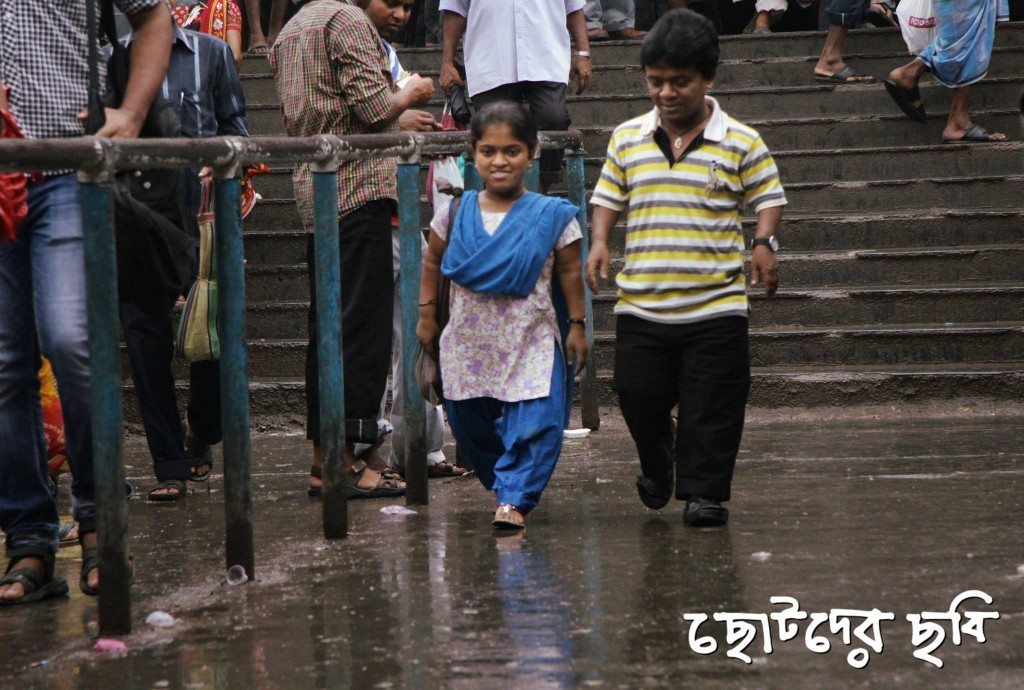
Documenting Small Dreams
It was a brave choice by the filmmaker, for would audiences want to sit and view such a difficult love story when they basically shun these little people with their misshapen bodies when they encounter them on the streets?
It’s easy enough to laugh at the midget clowns in the circus with their funny red noses and waddling walk – but what happens when the makeup comes off and these people have to live their real lives like this, with scorn, ugly remarks and no possibility of making a fair income in life? Poverty is a given for this couple; each of them yearns to have a child, yet to bring a child into the world means just more grief, more non-acceptance.
This Bengali film by Kaushik Ganguly takes us into their little seen world, it makes us grieve with Khoka and Soma, and also smile with them. Few who have seen it will be able to pass by such a couple without empathy, without some sense of brotherhood. Little surprise then that this film won the National Award for Best Film on Social Issues, and the best actor award for Dulal Sarkar at IFFI in Goa.
Margarita with a Straw
Untold Stories
The disabled hardly ever exist on the radar of Indian filmmakers, and sex for the disabled would be an absolute no-no. Yet, Shonali Bose’s ‘Margarita with a Straw’ takes on both these taboo topics. Her protagonist Laila has cerebral palsy but hungers for the normal desires – including a sex life. she is played by Kalki Koechlin in a nuanced, pitch-perfect performance.
“The utterly remarkable thing about Margarita is that Laila isn’t a differently abled person. She’s a person who is differently abled. The order of the words matters. The human being comes first, the condition only later,” wrote Baradwaj Ranjan in his insightful review in The Hindu. “And then, we get the film’s biggest googly. In New York, Laila meets Khanum (a no-nonsense Sayani Gupta), who’s blind. The film takes on another disability – but again, there’s not a trace of stereotype, not a shred of self-pity. Laila is one of those. She’s slowly drawn to Khanum and discovers she’s bisexual. In her audience-friendly handling of hot-button issues, Bose is a version of Mani Ratnam.”
‘Haraamkhor’, a film by Shlok Sharma, addresses a shocking subject – a married school teacher who actually has an affair with his young under-aged student. Can such evil exist? It does and that unmatched actor Nawazuddin pulls it off, at times charming, at times stoic and amoral. When you feel yourself repel from him, you know your conscience is alive and well. It’s a fable for our times and shows that in the end evil can never triumph, no matter how handsome or appealing its face. First time director Sharma, who entered feature films with his first script at 14, has worked with both Vishal Bhardwaj and Anurag Kashyap and it should be interesting to see which moral dilemmas his next film takes him on.
‘Rough Book’, a film by Ananth Narayan Mahadevan, is the story of a teacher who wants to change the system – even if it means losing her job and her place in society. Tannishtha Chatterjee gives a fine performance as a physics teacher who takes on the educational bigwigs to save the mixed bag of students in the D division, known as Duffers.
Love comes in Many Packages
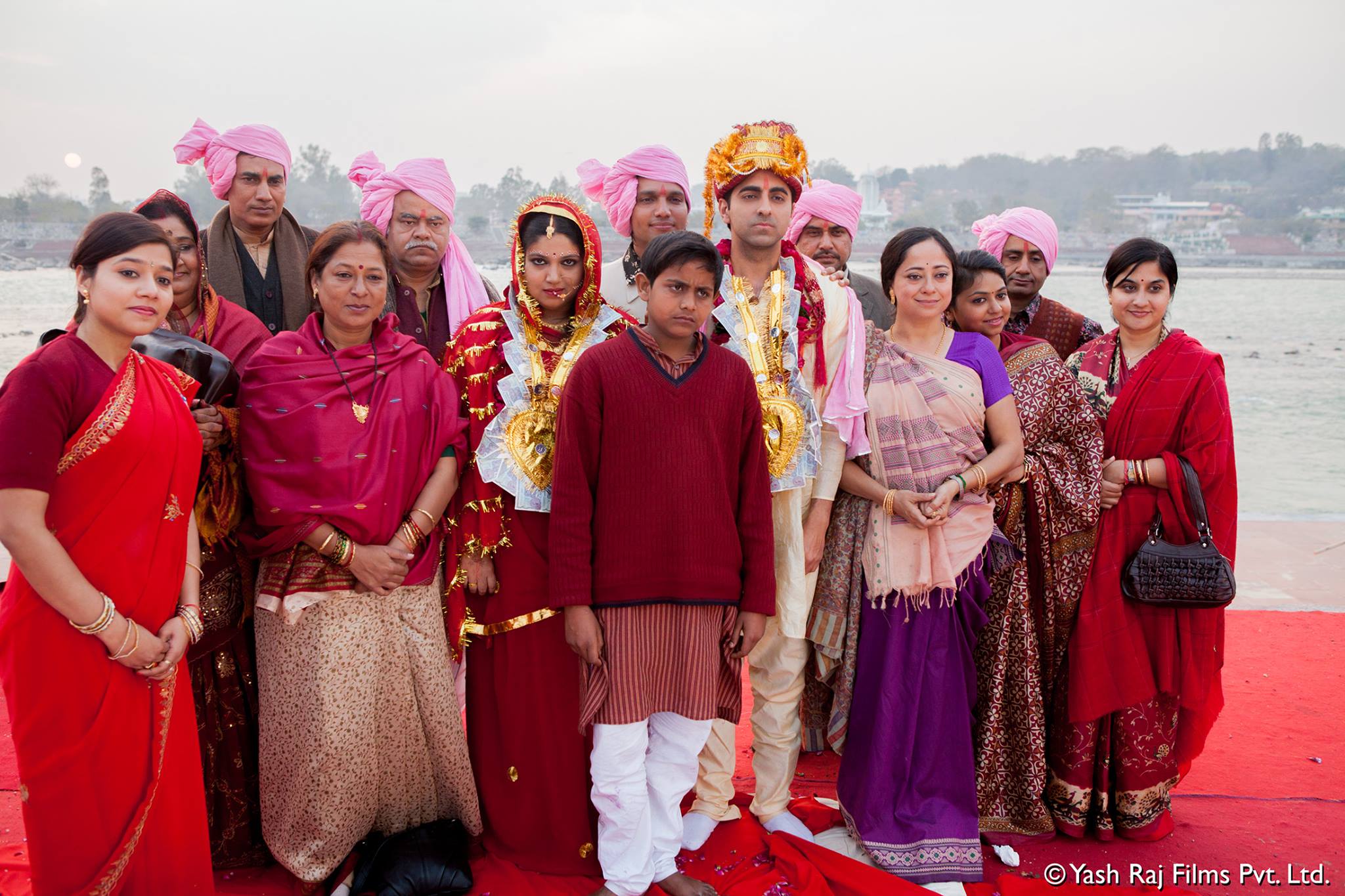
‘Dum Laga Ke Haisha’ is a full-blast commercial film from Yashraj Films, the prince of blockbusters – yet it shows that even big production houses can make socially conscious films and still keep their audiences happy. The film has done phenomenally well even though it has a heroine who is fat and far from fabulous. Indeed, the film has a striking premise – weight and good looks have nothing to do with physical attraction and love can come in all sizes.
The New York Indian Film Festival (NYIFF) was started on the premise of screening Independent, art-house, alternate films – cinema that spoke to the reality of situations, addressed real issues and reflected the lives of real people. I asked Aroon Shivdasani, Director of Indo-American Arts Council which organizes NYIFF, if there was a trend for issue-based films.
“The mass market for Indian films has traditionally been escapism or melodrama based on a thus far ‘winning” formula'”, says Shivdasani. ” NYIFF has contributed greatly to the visibility, acceptance and enjoyment of Independent cinema over these 15 years that we have doggedly presented films that expose, discuss or just present important social issues.”
In the Indian film industry, there are still of course the majority of crass crowd-pleasers and dishum-dishum sagas which most film-goers want, and for which they are willing to part with their hard-earned money. After all, an item dance number, a foreign jaunt, flashy cars and sexy Bollywood stars are almost as relaxing as a glass of vino after a hard day of work! Moviegoers want this ‘paisa vasool’. Life is hard enough in real life to not want to see the problems and traumas juxtaposed in reel life too.
A Classic film: Awara
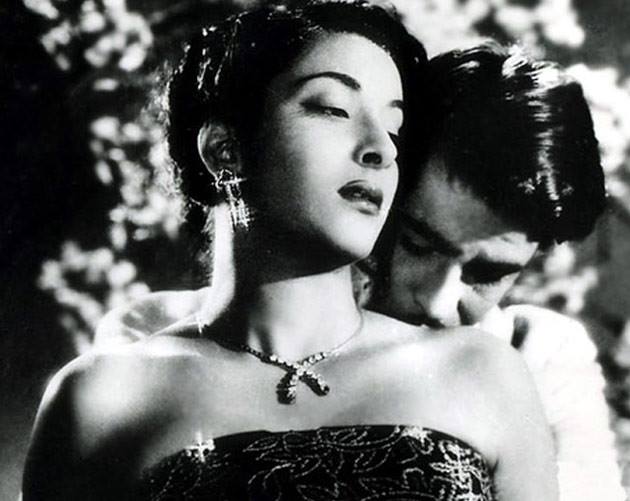
Many, many years ago in the golden age of cinema, there were films which made you think, made you a bit of a better person than you were when you went into the dark theater. Who can forget Raj Kapoor’s ‘Awara’ about a lovable vagabond who realizes that crime does not pay. Films like V. Shantaram’s ‘Do Ankhen Bara Hath’ which was essentially a tale of a golden-hearted jailor and his entourage of six hardened criminals who undergo a major transformation in the company of this reformer. Then there was ‘Sujata’ – Bimal Roy’s heartwarming tale of an untouchable girl and how her life and that of the Brahmin family she lives with changes forever, as antiquated beliefs give way to new possibilities.
Now in that same spirit many filmmakers seem to be going out on a limb to create thought-provoking films which audiences might be uncomfortable with, – and of which they are actually quite accepting. I wanted to check this out so I talked to some film experts to get the behind-the-scenes story on this trend.
Was Indian cinema and the audiences that watch it maturing as a whole?
Back in the golden age of cinema, films always had larger social issues at their core – whether it was ‘Awara’ or ‘Do Bigha Zameen’. Did the following decades have such movies?
“Oh sure, look at the New Wave/ Parallel Cinema of the late 60s and through the 70s – works by filmmakers like Shyam Benegal, Govind Nihlani, Girish Karnard, MS Sathyu, Girish Kasaravalli – I think that was the real golden age of socially relevant cinema!,” says Aseem Chhabra, Director of NYIFF, film critic and journalist. ” Things changed in the 80s and 90s when NFDC stopped funding films. But in the recent times there have been indie films with strong social messages – look at what is happening in Marathi cinema, with films like ‘Shalla’ and ‘Fandry’. Even in mainstream Hindi cinema films like ‘Queen’ are sending a strong message for change.”
A Strong Indie Film Movement in India
The Art films filled in the void with thoughtful films like ‘Aarth’. Are art films a thing of the past or do such films continue to be made? Says Chhabra, “We have a very strong indie film movement exploding in India – works by Anurag Kashyap, Dibakar Banerjee, and some very relevant and brilliant films in various regional languages, especially Marathi. Indian cinema is evolving, but it continues to deal with serious important social issues.”
“Through the years we have had filmmakers in Hindi and regional cinema who have addressed larger social and political discourses,” says Dr. Satish Kolluri, Associate Professor of Communication Studies at Pace University. ” I don’t think that trend has stopped. Just a look at the National Award Winners over the years is a testament to the cultural diversity of films from different regions which have made a mark.”
Kolluri points out that Art cinema or parallel cinema in the 80s was dominated by filmmakers like Shyam Benegal, and Adoor and Aravindan in Malayalam cinema, even as that particular decade produced some of the worst films in Bollywood, peppered now and then by gems from Hrishikesh Mukherjee, Sai Paranjpe, and Basu Chatterjee.
Art Films on Steroids
Says Kolluri, “Art films can never be a thing of the past because we will always have filmmakers who are in love with the medium of cinema and who will continue to make meaningful films.” He adds that, “On a lighter note, these days any film in comparison to the ones made by Farah Khan and her illustrious brother Sajid Khan and their 100 crore ilk will stand out as “art films” But seriously, we are witness to a democratization of “Hindie” film making in India which means family dynasties or select individuals no longer rule the roost in terms of producing films, and corporates/industry houses have taken their place to a large extent. The subjects tackled by filmmakers in the present have brought back the realism of the 80s art cinema but this time on steroids, if you will, because they are much edgier and grittier, and tackle head-on middle class moralities.”
He says that in Hindi cinema at that time there was a small group of highly accomplished actors from FTII and NSD who dominated the art/film festival circuit, stars like Naseeruddin Shah, Shabana Azmi, Om Puri and Smita Patel who actually helped shatter the stereotypes of conventional good looks of Bollywood stars.
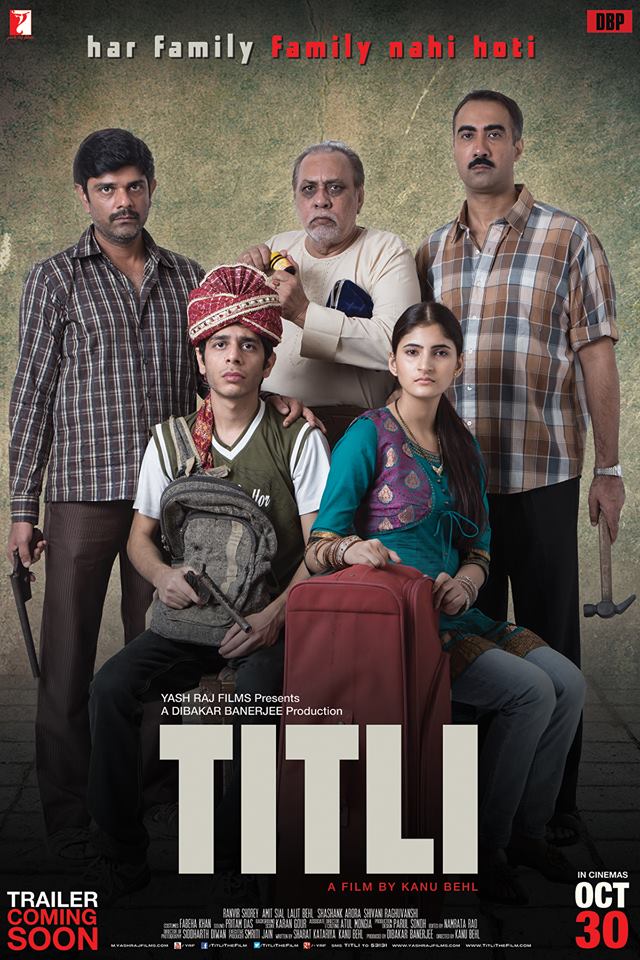
‘Socially Conscious” – a Loaded Term
Ask Tejaswini Ganti, an associate professor in the Department of Anthropology and its program in Culture and Media at New York University, and she says that ” socially conscious” is a subjective term and very loaded for in the history of film-making in India, most filmmakers have gone to great trouble to present themselves as socially conscious.
“This was because they were made to always feel defensive about their film-making practices from the nationalist movement when Gandhi spurned movies and lumped film-making with other ‘vices’ like horse-racing and gambling, to Nehru who put in place an entire cultural bureaucracy that ignored or disdained film-making,” she says. “All India Radio in those days was reluctant even to play film music and bureaucrats were always asking filmmakers to make socially relevant cinema and uplift the masses.”
Ganti points out that while the US government from the 1920s onward saw the economic potential of cinema and created the conditions necessary for Hollywood’s expansion and dominance around the world, the Indian government with its paternalistic attitude toward its population was only interested in cinema as a tool for development or as a vice that needed to be policed and regulated.
Aseem Chahbra has another explanation for why so many issue based films being made: “There are many young filmmakers, scriptwriters who are looking beyond Bollywood for inspiration. They are seeing Asian, European and American films but then are rooting their stories in the Indian context. They often are troubled by social inequalities and other issues in India. We live in a global village and ideas and themes inspire people from all over.”
While for years and years the Indian film industry survived on a basic formula for box office success, Kolluri observes that the “winning formula” doesn’t work all the time if the story has basically remained the same unless of course, it’s SRK or Salman Khan who produce and act in most of what mainstream Bollywood puts out.
Cinema out of the Comfort Zone
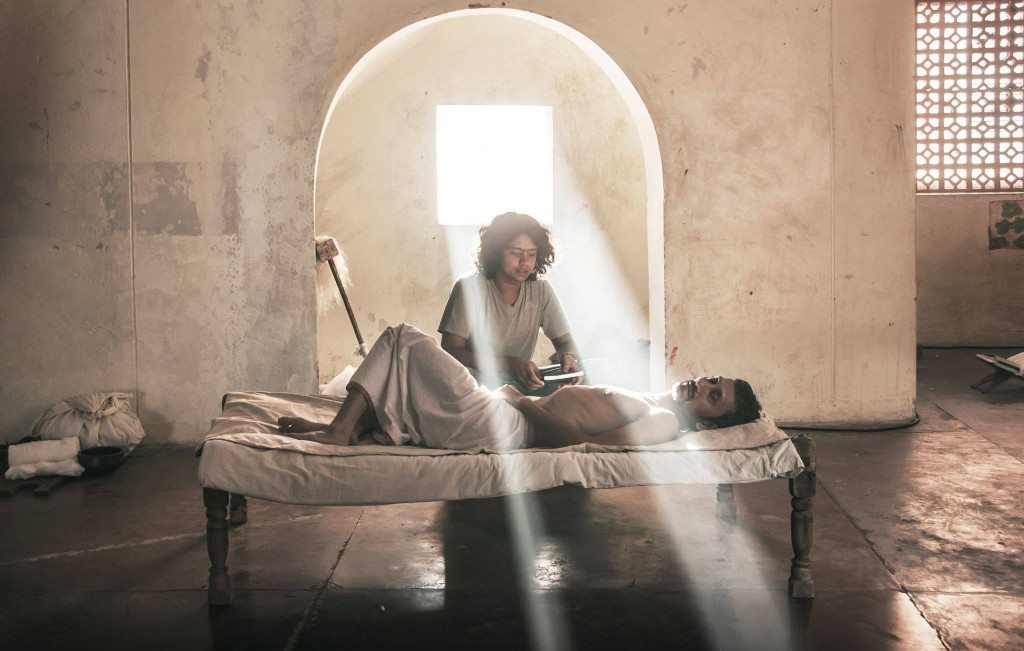
He says, “Audiences have become more demanding for films that take them out of their comfort zones and make them think of issues without sacrificing their entertainment value. “My Big Fat Indian Wedding’, ‘Taare Zameen Par’ and ‘The Ship of Theseus’ are recent examples. The stories being told are more real and authentic and less escapist and fantastic because the filmmakers are true to their experience and class origins. That being said, a director like Bhansali makes ‘entertaining’ cinema that doesn’t work for most of the audiences.”
So maybe it’s a case of perception, of whether the cinematic glass is half empty or half full!
As Ganti emphasizes, “In thinking about the past, especially time periods like the 1950s, we forget the hundreds of films that were made that were run-of-the-mill and only focus on the same handful by a handful of directors and because the same films and same directors keep being discussed and written about over the years — a certain canon forms and a certain idea of a “golden age” has come to become the predominant perception of the past.”
She recalls reading a book by Firoze Rangoonwalla years ago and being surprised to read how critical he was of the 1950s Hindi Cinema — for him the ‘golden age’ was the 1930s and by the 1950s and 1960s, everything had gone down-hill: ” I think discussions of Indian cinema are frequently characterized by nostalgia — the point made so cleverly by Woody Allen in Midnight in Paris where Owen Wilson’s character feels tremendously nostalgic about the 1920s but the characters who were inhabiting the 1920s were feeling that everything good had happened in the 1890s!”
Yet things have certainly changed for the better and our increasingly globalized world with its travel, film festivals, social media and of course the Internet have seen to that. Ganti points to the changing structures of exhibition and distribution ” that allows a greater variety of cinematic voices/films to be able to be screened/heard. There always has been a great variety of topics and styles in Indian film making over the years, but what is different now is that there are more venues and opportunities for audiences to encounter this variety.”
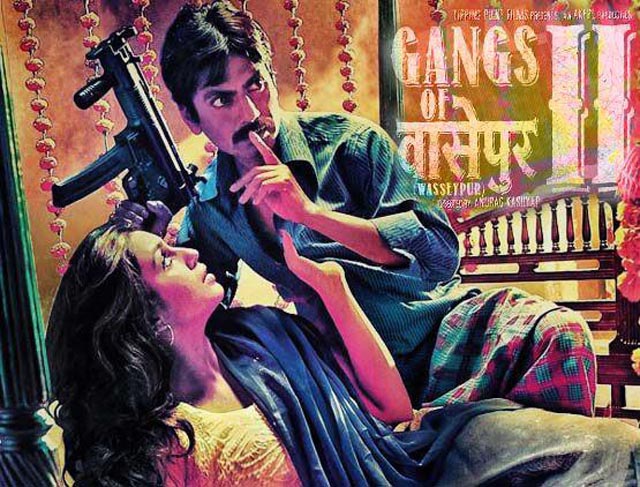
The whole explosion of film festivals all over the world generally since the millennium is enabling a greater variety of film-making to find an audience. Ganti says the important point to note when it comes to India is that the number of films certified for exhibition – the official production numbers – is not the same as the number of films released. Many never reach a theater and pubic viewership.
She says, “This has always been the case – that was the tragedy of NFDC – they funded many fine films, but the government never invested in an alternative distribution and exhibition apparatus. Even now more films are made than are distributed – but what is interesting is that the ‘indie’ films, such as Anurag Kashyap films, are being financed and distributed by the very mainstream film institutions – UTV, Yashraj, and Eros.”
So both do feed off and yet sustain the other.
Back then it was only a critical mass primarily in urban and semi-urban settings who got to or wanted to watch the kind of films that fall under ‘art cinema’ but that is changing fast now, says Kolluri, with the advent of ‘Indie’ filmmakers who may or may not choose to work with bankable “stars” and now often it’s the celebrities who want to work with the likes of Kashyap, Kamat, Basu, Bannerjee who are the so-called ‘outsiders’!
Another great change since the old days is the true Indianization of the cinema industry – as more and more citizens move to different parts of the country, eat varied regional cuisines and yes, even intermarry – there does seem to be a greater openness and hunger for alternate stories and a willingness to see regional cinema, even if one doesn’t understand the language.
With Indians, especially the ones in the Diaspora, watching everything from Italian to Japanese to Iranian cinema, taking on Tamil, Marathi or Bengali films with subtitles is quite natural. Good directors and powerful story-telling make watching regional cinema a pleasure, and the fact that many of these films have already earned their stripes at various international film festivals certainly helps.
Still cannot there be a permanent happy marriage between difficult subjects and strong, approachable cinema which enriches the viewer without being a sermon or a government propaganda message?
There does seem to be a sea-change as apart from the noise and carnival atmosphere of Bollywood films and the dash to make it into the 100 crore club, there are so many films being made by thoughtful young directors. Audiences, especially in the cities, are becoming more receptive to films with strong stories and themes.
The good news is that many varied talents are coming together to draw attention to difficult issues and marginalized people. Read the names on any credit roll and you see a wonderful thing about Indian cinema – it really does read like a map of India, with many states, many regional names represented.
Cinema reflects India and its people, its aspirations. And in good cinema, talent trumps everything else. It bodes well for the Indian film industry that independent movies are increasingly brave, individualistic and not tied to any formula. Now Indian film-goers have choice: they can opt for IQ over Item Dance, and Matter over Muscle – but all still told to the beat of beautiful filmi music, of course!
(C) Lavina Melwani
(This article was first published in Khabar magazine)
Related Articles:
In Celebration of Bombay Talkies
NYIFF – 2013 – Celebrating Indian Cinema
Made in America – Bollywood Comes to the US

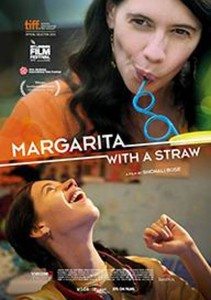
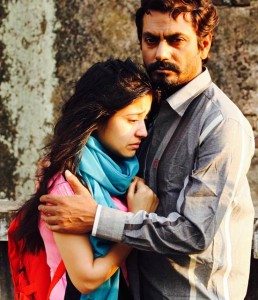


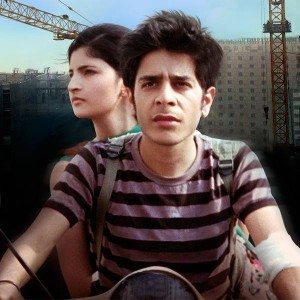
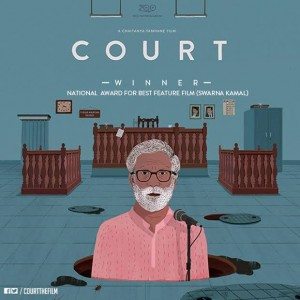
1 Comment
Via Google +
Srusti R +1’d
gyan ranjan +1’d
Kamlesh Pathak +1’d
Hanuman Das Prajapati +1’d
Manoj Bagade +1’d